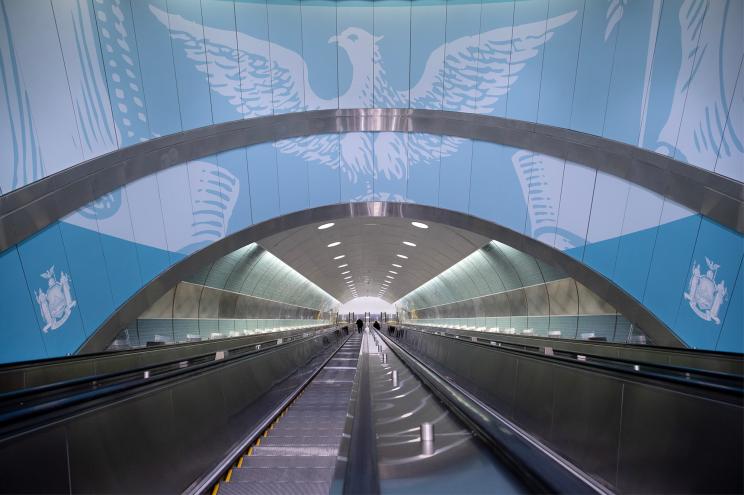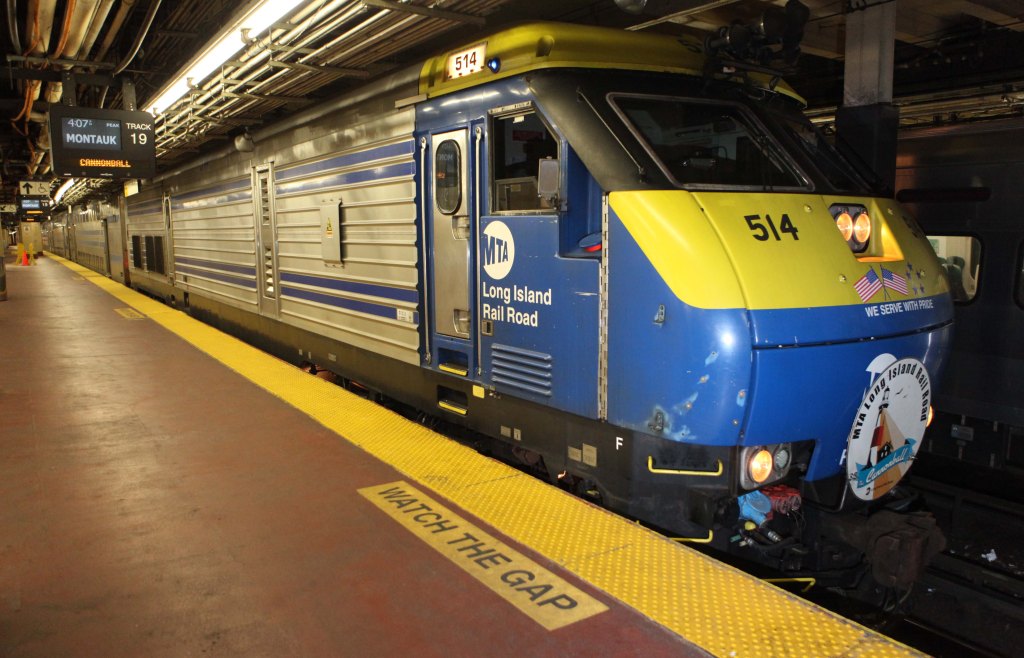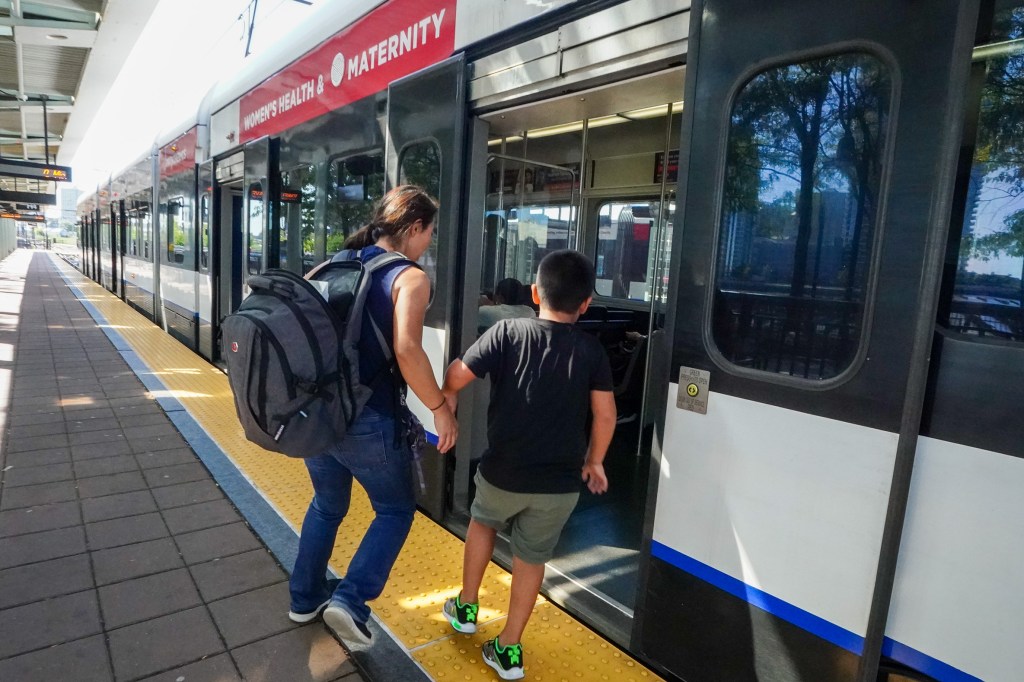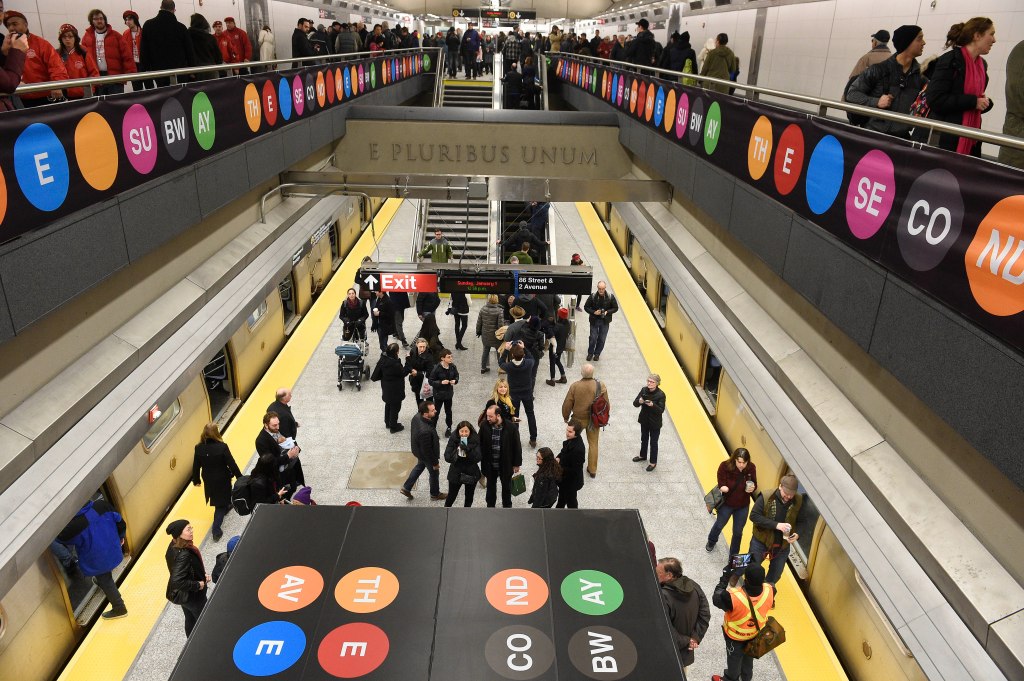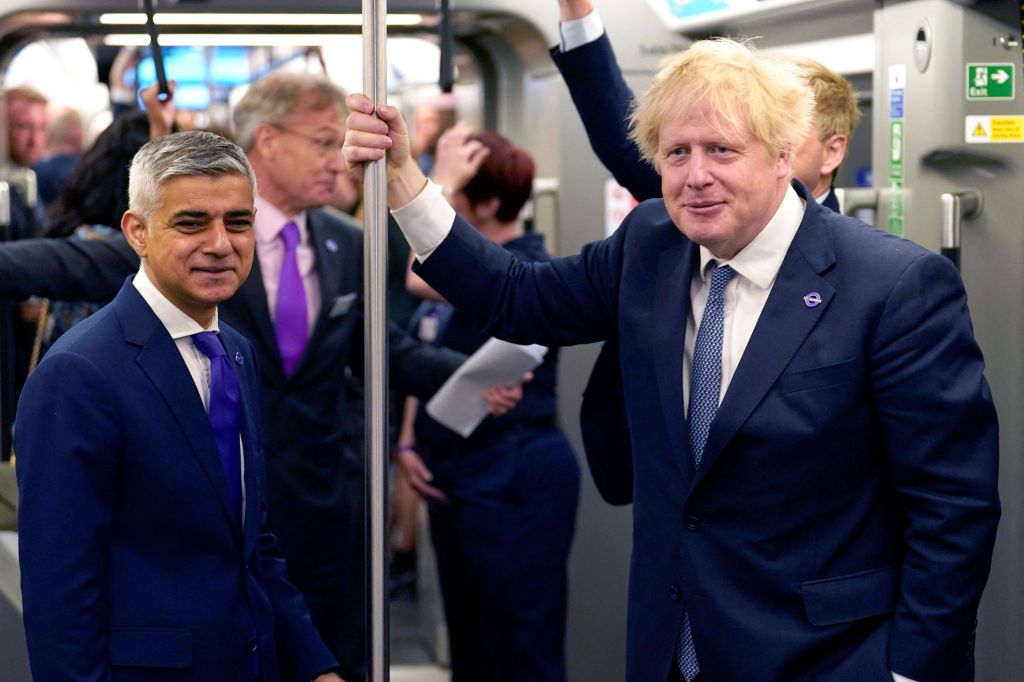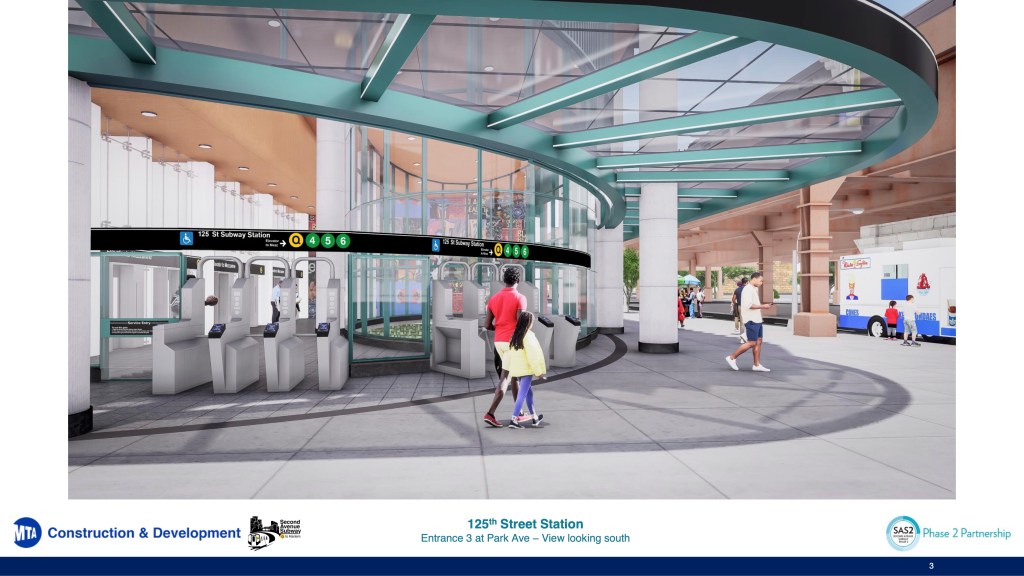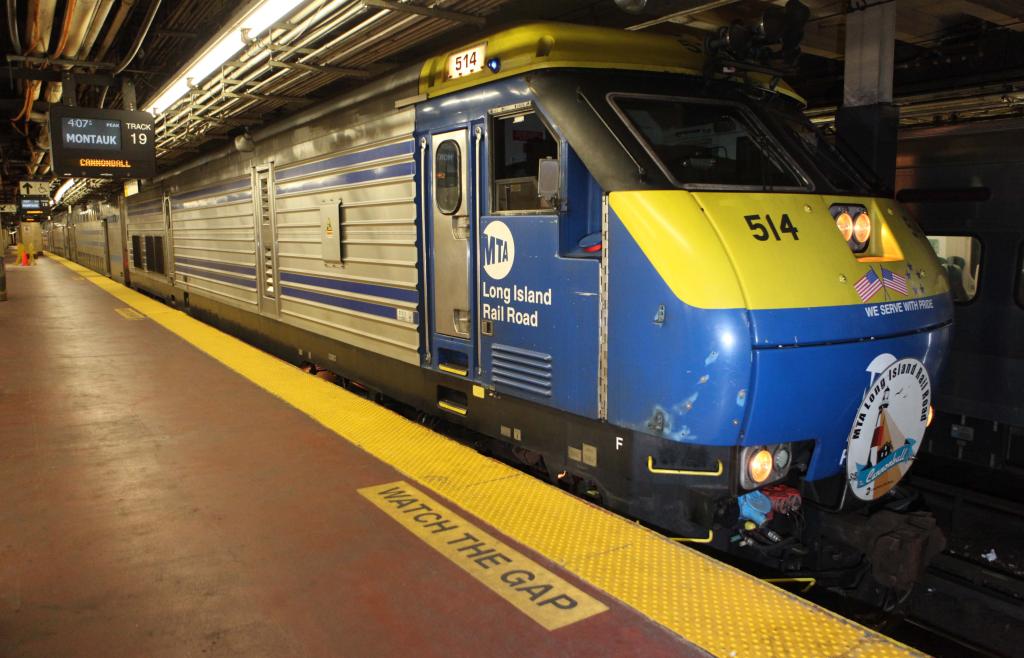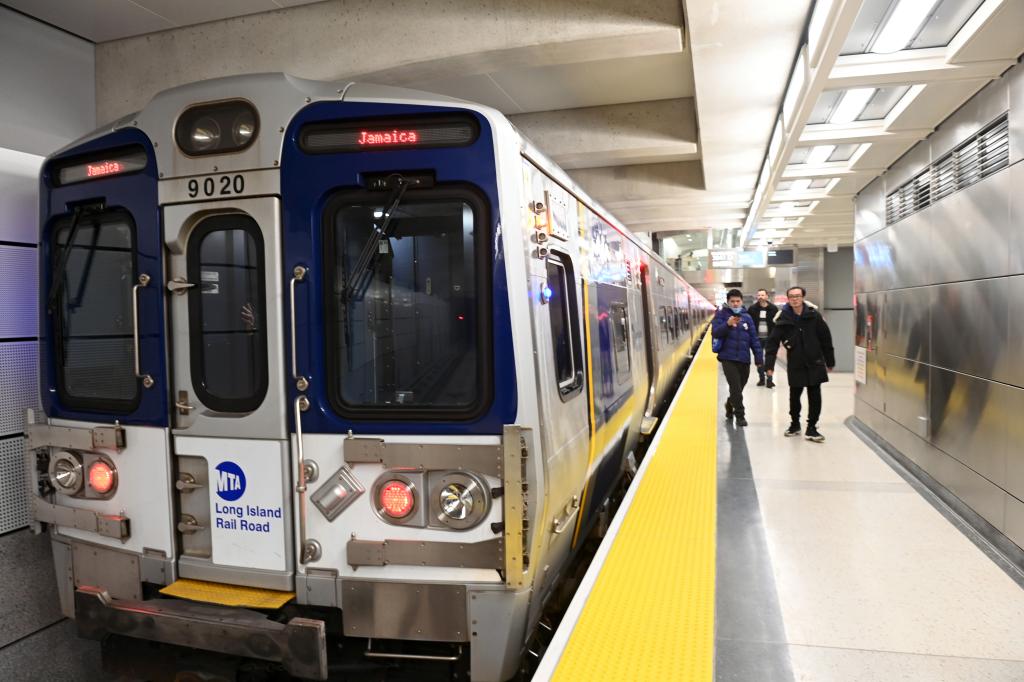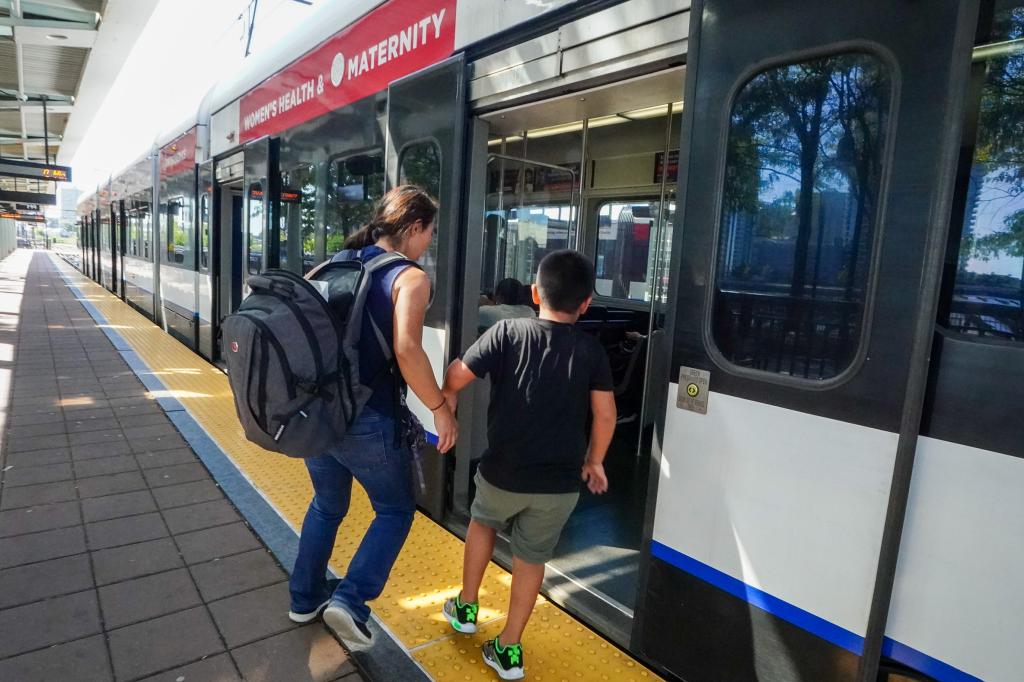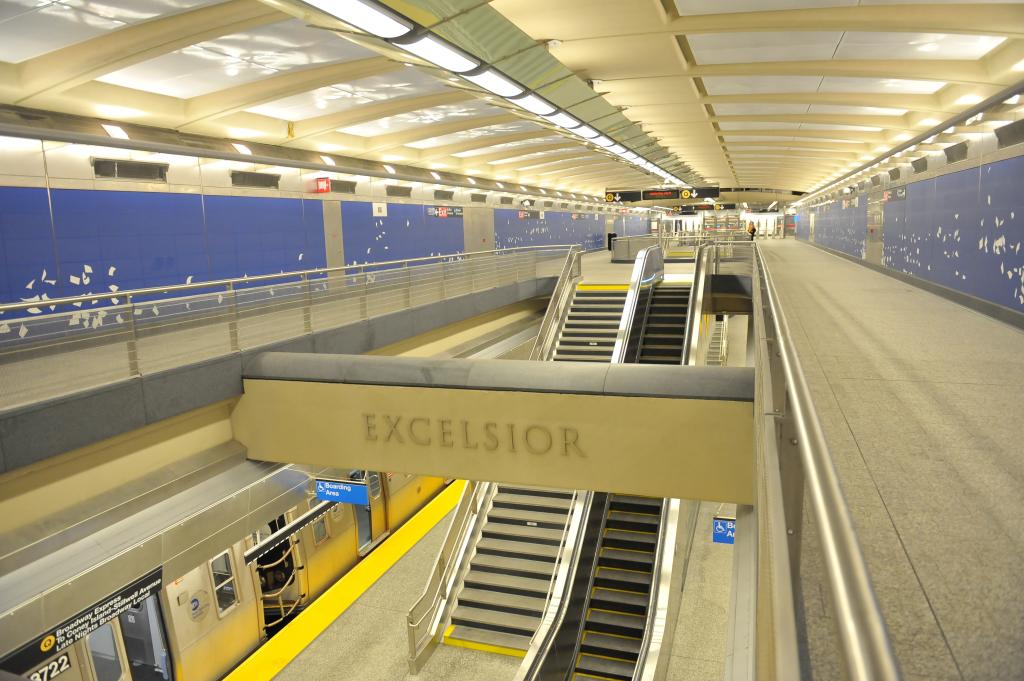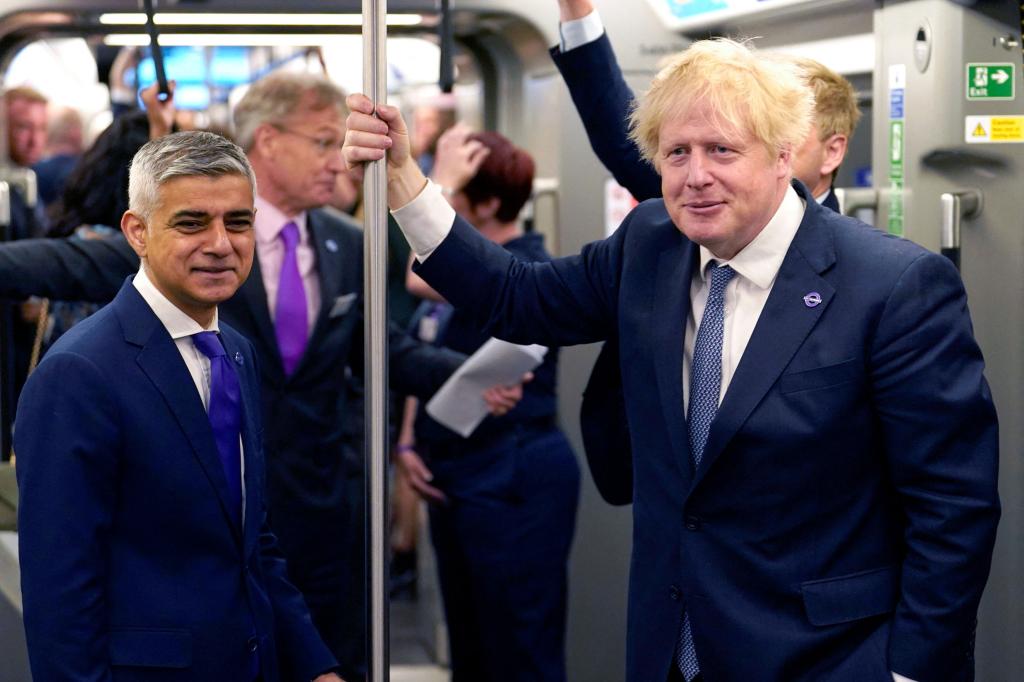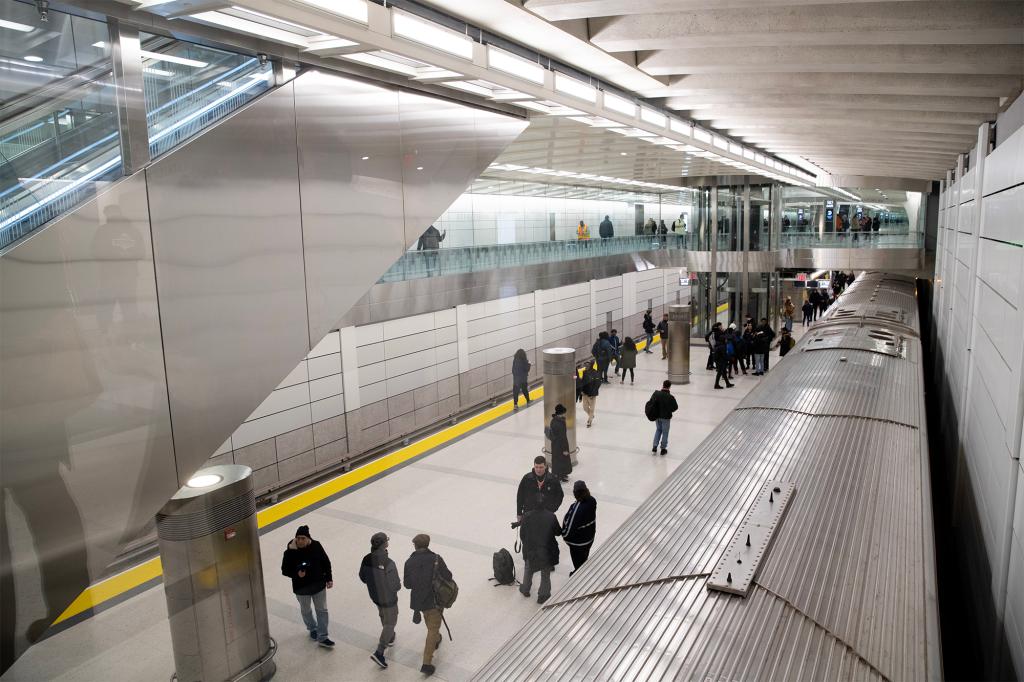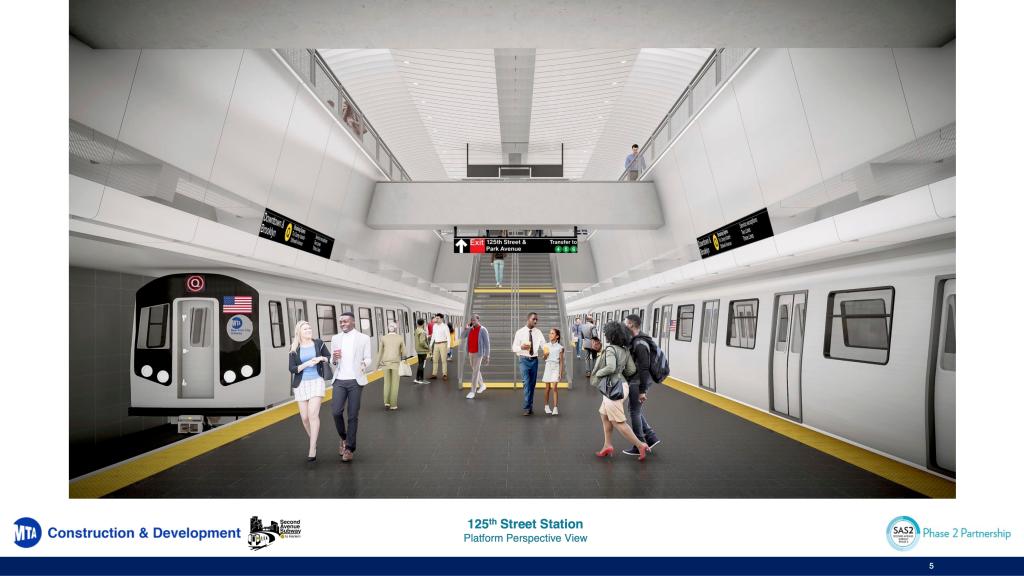The MTA is going off the rails again!
One of the biggest issues that has been plaguing its Second Avenue subway extension — a pie-in-the-sky design that already saddled straphangers with millions of dollars in extra debt for oversized stations — is set to repeat itself with two projects, a Post investigation has found.
Experts and insiders say the MTA overbuilding is a result of its backward system for developing mega-projects: It hands consultants a blank sheet of paper without giving a budget, gets uber-costly and excessive designs back and then has its strapped review department pare them down.
A Post review of some of the agency’s planned current mega-projects uncovered at least $2.3 billion in proposed oversized or overengineered suggestions.
“It’s like ‘Groundhog Day’ — the same errors occur,” said a former MTA official, referring to the 1993 Bill Murray hit flick.
“If you keep doing the same thing, you keep getting the same results,” the source said. “If you tell a designer to go out and give us something glamorous, they will. Engineers with vague specifications, they’ll come back and give you things that are overbuilt or haven’t been tested.”
The MTA’s record-shattering construction costs are under renewed scrutiny as the Big Apple is set to begin a controversial congestion toll that will charge drivers in Manhattan who head below 60th Street — a move that is expected to raise $15 billion for transit and railroad improvements.
One of the projects at issue is the planned upgrade of the Long Island Rail Road’s Port Jefferson branch: The preliminary design calls for replacing the branch’s slow and unreliable diesel engines that only run in one direction along its single track with speedy electric trains and a second track, allowing service to run both ways.
Outside designers added $320 million to the project’s estimated $2 billion price tag with just one decision — ordering up an oversized power system that could run trains every 4 minutes, which is more service than many subway lines get.
The pricy detail is buried in the specs that call for electrical substations — which are needed to send power along the third-rail and cost $40 million each — every 1.1 to 1.25 miles over the 23-mile route.
By comparison, substations are as far apart as every 1.9 miles on the nearby and heavily used Ronkonkoma branch.
“The physics haven’t changed,” said Joe Clift, who served as the LIRR’s director of planning when the Ronkonkoma line was electrified. “And Ronkonkoma runs a hell of a lot of trains.”
The story repeats with the planned $5.5 billion Brooklyn-Queens rail line, the Interborough Express (IBX): Preliminary specs call for the line’s stations to have 270-foot platforms — 35% longer than the 200-foot platforms used by New Jersey Transit’s nearly identical Hudson-Bergen Light Rail system.
The MTA redacted the cost estimates for the proposed stations, making it impossible to compute how much the longer platforms add to the price tag.
MTA officials argue — and experts agree — that the agency has made reforms that get projects finished more quickly, stopping plans from becoming the sort of agency-consuming dramas that contributed to to the subways’ meltdown during mid-2010s.
The officials point to the expansion of the LIRR concourse at Penn Station and the construction of the long-sought third track on the railroad’s Main Line as recent wins.
But there is still the issue of the MTA’s overblown designs — which only add to the disadvantages the agency already faces from expensive labor costs and limits on where and when it can build.
The executive who oversees the MTA’s construction division, including its major projects arm, Jamie Torres-Springer, defended the current system.
“We’re doing preliminary thinking at the feasibility level to assess the cost and benefits of whether it makes sense for us, with scarce taxpayer dollars, to proceed with these projects,” Torres-Springer said in an interview with The Post.
“The work that we do, of course, is the beginning of more detailed planning and design,” he said. “But, it is just that, feasibility level work.”
Researchers at New York University’s Marron Institute have fingered the MTA’s reliance on outside firms as a major contributor to the record-shattering price tag of the Second Avenue Subway’s first phase through the Upper East Side.
As part of the project, caverns dug for its platforms were double the necessary size, and station designs were so bespoke that each of the three new stops has escalators made by a different manufacturer.
“Agencies need to be able to clearly define scope – what they want – and tell consultants what they need them to do,” said Eric Goldwyn, who led the team that produced a 424-page report which compared how the MTA builds projects to other major transit agencies across the globe.
“And when they can’t do that, there’s uncertainty. And that’s when projects sprawl out of control,” he said.
REUTERS
MTA officials acknowledge the agency’s mega-projects development arm has just 101 staffers, which has led to reliance on outside firms.
The agency has spent more than $3 billion on outside design, engineering and management firms across just three mega-projects, records show. That would be enough to pay for adding another 300 people to the mega-projects team, including funding pensions and health care.
That’s a fraction of the size of the teams at transit authorities in London, Paris and other major European cities, the NYU team found.
At other cities’ agencies, transit staffers do much of the preliminary work — such as determining routes, stops, likely ridership and likely price tag — in-house. Then they bring in outside firms to work out the details.
The major projects arm at London’s transportation authority had more than 600 people assigned to it in 2022, filings show.
The Brits initially used the contractor-heavy model to design and build the new express Elizabeth Line that cuts through the capital. But the project was ultimately taken over and finished by the London transit authority after embarrassing delays and budget overruns.
In Paris, officials planned to hire 1,100 people to head up the design and construction of four new metro lines, according to a 2020 report from the French Senate.
Boston’s transit agency had 100 people planning and supervising its second attempt at extending its Green Line after the first try — led by outside contractors — was killed because of massive cost over-runs.
By comparison, just 31 MTA staffers were assigned full-time to the $11.2 billion project to build the LIRR’s new terminal beneath Grand Central, a project that ran so late and over budget it became a poster child for mismanagement.
Nowadays, just eight MTA staffers are dedicated to the proposed $6.6 billion three-stop extension of the Second Avenue Subway into East Harlem in Manhattan, according to budget documents.
Outside designers have proposed massive station complexes for it that are twice as large as the typical roughly 600-foot train platforms. Newly obtained documents show oversized designs inflated the cost of the stations to a combined $3.4 billion — or more than $1 billion per stop on average.
That’s $2 billion more than the $1.3 billion to $1.4 billion it would cost to build three stations with such MTA-sized platforms in London, Paris or Rome. The European designs are cheaper and more efficient because agencies there match station length to platform size as closely as possible to minimize digging and cost.
The MTA has refused to say what it expects to spend on the oversized stations. The cost estimates were subsequently obtained by The Post under Freedom of Information laws.
It was only after The Post revealed how the MTA’s station designs deviated massively from the European standards that the MTA committed to reviewing the plans. However, it has yet to announce any major changes.
